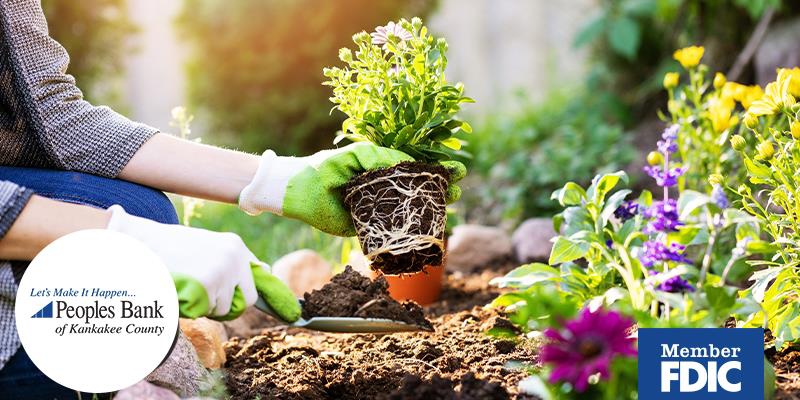
Planting in the Midwest is a science – one month the weather is in the mid-80s and the next below zero with hail. As we spring into the warmer months, it’s time to begin planning your plant list for summer! Keep reading as we guide you through some great garden plants to consider this year.
Pre-Plan Your Plants
As you plan your garden, it makes sense to opt for Illinois-native plants. They are typically easier to care for and require less maintenance. Here are a few things to consider when making your plant selection:
-
Level of care necessary to maintain growth
-
Preferred weather conditions
-
Benefits of your local ecosystem affecting plant growth
-
Local year-round weather evaluation
-
Soil inspection – can vary from clay, sand, or loam
-
Native insect identification
-
Potential local disease research
-
Hydrology – can vary from dry, mesic, or wet
Plants Native to Illinois
-
Blue Flag Iris (Iris virginica)
-
Thrives in wet meadow areas
-
Blooms May through July
-
Good nectar production for hummingbirds
-
Can tolerate up to 3 inches of seasonal flooding
-
Grows to be approximately 2 feet tall
-
Blooms purple or deep blue
-
Spiderwort (Tradescantia ohiensis)
-
This is a quick spreading, attractive plant
-
Thrives in a dry environment
-
Avoid too much water or soggy soil
-
A popular choice for landscape and as a houseplant
-
Has some tolerance for early seasonal flooding for short durations
-
At maturity, it can grow up to 5 feet tall
-
The flowers are purple from May to mid-October
-
Typically low maintenance
-
Big Bluestem (Andropogon gerardii)
-
This is a tall, blooming perennial grass that work well in Illinois gardens
-
Can survive in varying soil types with its high pH range
-
Fall-planted seeds will germinate in April
-
Low maintenance; easy propagation
-
The tall, blooming perennial grass stands about 3-9 feet tall
-
Blooms are bronze to gray-blue and appear for several months from July to September
-
Blue Vervain (Viola pedata)
-
Thrives in full sun
-
Has a preferred pH of 6-7
-
Popular and versatile plant
-
Attracts butterflies for pollination. Seeds are eaten by wildlife; shoots can be eaten by smaller mammals
-
At maturity, it can grow up to 5 feet tall
-
The blue to purple flowers bloom from July to September
-
Compass Plant (Silphium laciniatum)
-
Thrives in full sun
-
Preferred pH of 4.5-7.5
-
Doesn’t do well in too much water in artificial situations
-
Usually a mesic prairie species (made up of mid to tall grasses)
-
Songbirds and deer commonly eat the seeds
-
Attracts butterflies and gives a food source to the silphium weevil insect
-
Blooms yellow flowers from July to September
-
New England Aster (Aster novae-angliae)
-
Thrives in partial to full sun
-
Attracts honeybees and butterflies for pollination
-
Grows anywhere from 1 to 6 1/2 feet tall
-
Blooms are violet/purple with a yellow center
-
Color is more vibrant when grown in a greenhouse
As you plan your garden, consider landscaping with native plants. They can produce more success and best support your local ecosystem. If you would like insight on landscaping with native plants, check out these plants by state article. Happy planting!

